

Topical therapy with cosmeceuticals and prescription grade creams and lotions often result in an improvement in the tone, texture, radiance of the skin. They help with the improvement of fine lines and prominent pores as well. Procedures, not creams, are often needed for firming and tightening the skin.

In chemical peeling, the depth of the peel can be tailored to the severity of the problem and the degree of improvement desired. However, the peeling agent (often an acid) may penetrate deeper than desired and result in unexpected burns, wounds which may heal with an uneven pigmentation of the skin. Scarring is a potential risk.
Laser skin resurfacing (LSR) is another procedure to improve skin conditions. There are three different categories of LSR:
Non-ablative LSR – the laser beam passes through the skin without wounding it and stimulates collagen formation. As the laser procedure does not produce wounds or crusts, there is little if any downtime and the risk of complications is low. The CoolTouch3 laser is an example of such a laser system.
Ablative LSR – the upper layer of the skin is removed in an even and precise manner and the healed skin appears tighter and smoother and more blemish-free. However, the downtime may range from five days to several months, depending on the depth of ablation. The risk of complications is also the highest amongst the three categories. Some examples include the conventional carbon dioxide LSR and the Erbium:YAG LSR.
Semi-ablative LSR – only a fraction of the skin is burnt. The neighbouring intact skin allows for quick healing and minimises the risk of complications. The Fractional CO2 LSR is one example of the semi-ablative method.
Laser skin resurfacing brings a different kind of risk, and they differ in degree. For non-ablative LSR, damage is very rare. Potential side-effects are blistering and scarring. Ablative LSR has the highest risk of the three LSR methods. Potential side-effects include skin infection, persistent redness, temporary dark patches on the skin, permanent whitening of the skin, and scarring.
In semi-ablative LSR, risk is uncommon. Potential side-effects include prolonged redness after the procedure, temporary darkening of the skin, and scarring.
In radio-frequency skin tightening, the device makes use of radio waves to deliver heat deep in the skin which responds by tightening and producing new collagen. This is a non-invasive procedure with little or no downtime. It may take several weeks to months to obtain visible results. A good example is Thermage therapy.
Wrinkle-therapy, skin tightening and firming are meant to combat the signs of ageing which is a relentless process. Maintenance therapy is needed to sustain the improvement after therapy, and to continually delay the progression of the effects of ageing on the skin.
One popular choice of skin-tightening and firming procedure is the CoolTouch3 laser resurfacing, largely due to the non-invasive nature of the procedure and the minimal downtime involved. Fractional CO2 laser skin resurfacing is another popular choice, which often produces visible improvement in the skin after a single session.